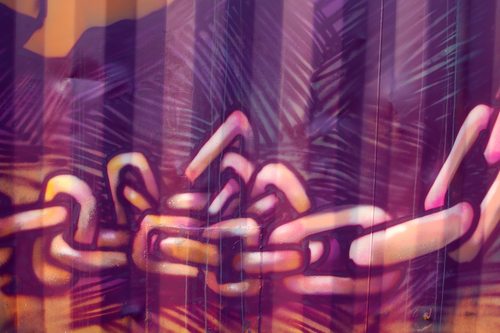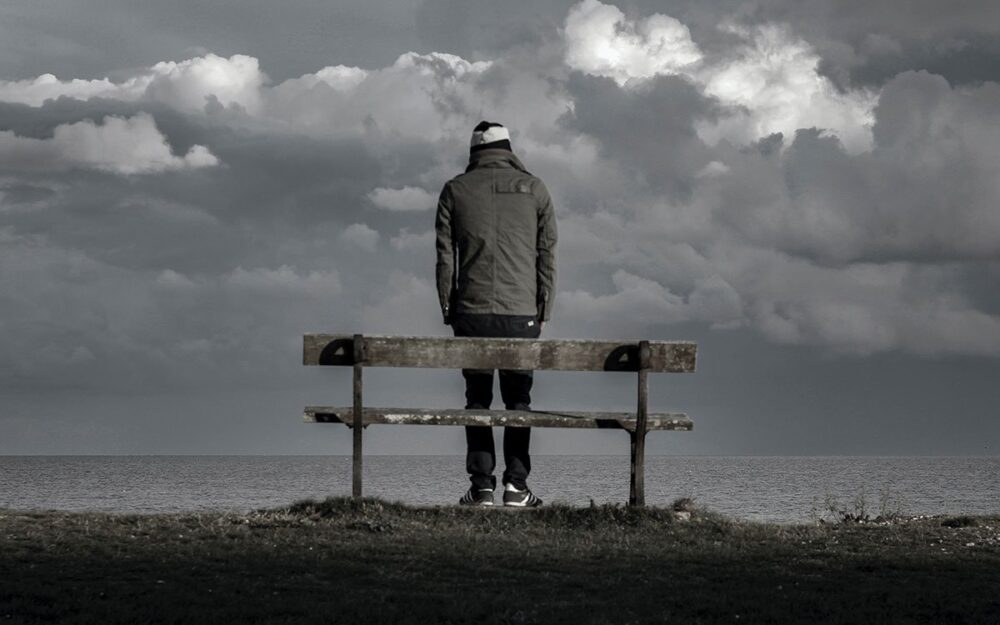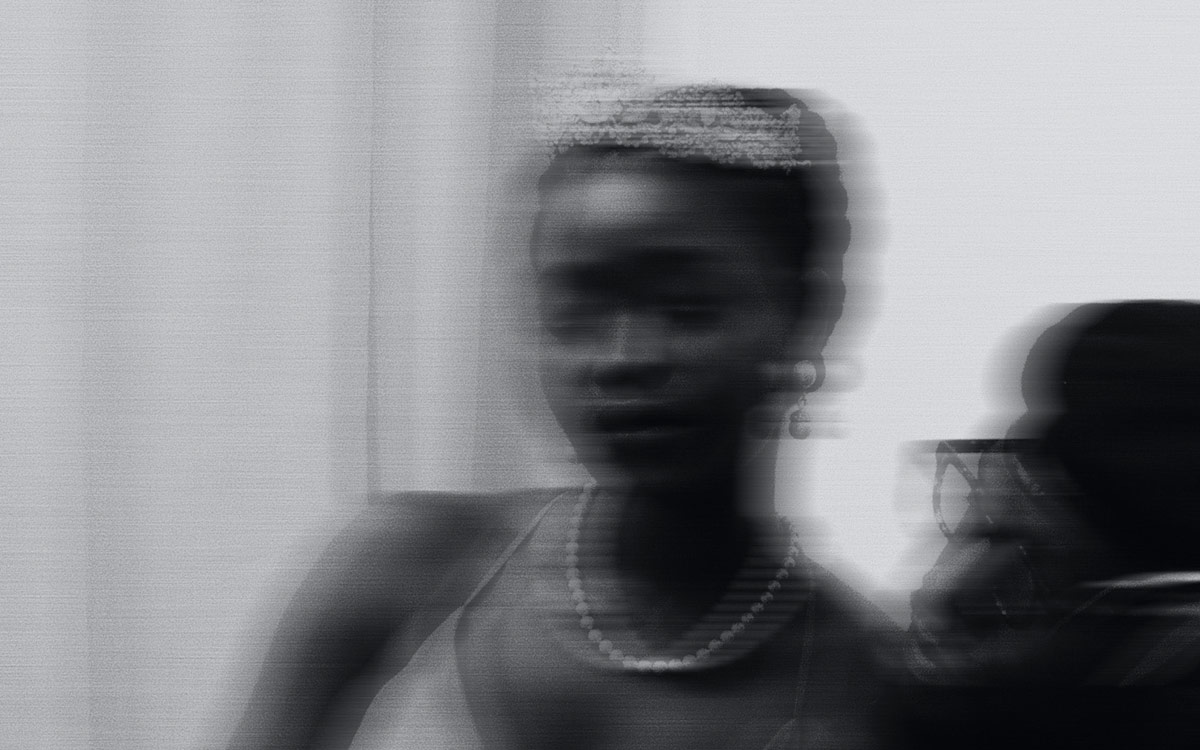
Angelina Dimitrova / Shutterstock.com
November 16, 2014; The Guardian
In the United States, the trafficking of human beings is a billion-dollar industry. Criminals profit because crimes go unreported and underreported. Since the risk of being caught is low, pimps and gangs engaging in sex trafficking are becoming more brazen and violent. Many use tattoos to mark women as property. Women escaping the brothels have more frequently turned to nonprofits and generous donors to fund procedures to cover the markings of the world they attempt to escape.
Sex traffickers entice their victims with promises of illegal drugs, luxuries, high-paying jobs, and romantic relationships. Once trapped in their web, victims are subject to crushing control, physical and emotional abuse, sexual assault, and isolation. Victims are treated as property of the pimp or gang. Tattoos are systematically used to identify ownership as well as status as “best” provider of sexual acts. Tattoo artists live in crack houses, often tattooing women between “customers.” Markings include gang symbols, sexual slang words, dollar signs, “Property of X” and, increasingly, bar codes that can be scanned by smartphones. These tattoos are placed all over women’s bodies, including on their breasts, legs, eyelids, and gums.
Less than two years ago, Jennifer Kempton was part of a very different life. She was considered the “property of” a gang of thugs in Columbus, Ohio. The horror began after her boyfriend sold her to fund his own addiction and eventually directly to the gang. While part of the gang, she was branded four times including a tattoo marking her “property of Salem.” Mandated to sell her body for a daily quota of $500 to $1000 from six to ten men every day, Jennifer tried to commit suicide. When the attempt failed, she escaped the gang and eventually founded Survivor’s Ink. The nonprofit organization partners with a local tattoo artist to cover up and transform the tattoos abusers use to mark women into images of hope and recovery.
Sign up for our free newsletters
Subscribe to NPQ's newsletters to have our top stories delivered directly to your inbox.
By signing up, you agree to our privacy policy and terms of use, and to receive messages from NPQ and our partners.
In the six months since the project began, donors have funded seven scholarships. Andrea was one of the first women funded by Survivor’s Ink. She was the victim of a dysfunctional childhood and later became addicted to drugs. Her abusers accused her of stealing and pistol-whipped her immediately before tattooing a heart and her abuser’s initials on her breast.
Outside of Chicago, a tattoo artist started the INK 180 ministry. The nonprofit began by engaging youth in creating murals to cover gang graffiti. By working with youth, the founder learned how difficult it was for former gang members to begin new lives. Many employers would not hire a former gang member due to the gang tattoos on their bodies. Quickly, activities grew to also include sex trafficking survivors. The organization works with law enforcement to identify survivors, and markings are covered completely free of charge.
According to the International Labour Organization, in 2012, an estimated 20.9 million victims around the world—1.5 million in North America alone—were exploited in the trafficking industry. Ninety percent of victims are entangled by individuals and businesses. Of those, 68 percent are forced to participate in the exploitation of their labor and 22 percent are exploited for sex. Three-quarters of the victims are adults; men and women are roughly equally taken advantage of (55 percent women; 45 percent men). Trafficking occurs in every state, but the three states with the most cases are California, Florida, and Texas.
Perpetrators of the sex trade are exceptionally violent and pursue younger victims. Girls Educational & Mentoring Services (GEMS) estimates that there are 300,000 American girls involved in the industry at any given moment and the average starting age is 13. The National Runaway Safeline estimates that within 48 hours of leaving home, one third of all runaway teens are approached by traffickers.
Survivors struggle to escape their captors. They are isolated with few resources and are unfamiliar with their surroundings—even the language. Thanks to the pimps and gangs that use them, many women have criminal felony records for drug possession and prostitution. In many states, through nonprofit advocacy efforts, there has been a shift in prosecution, creating court procedures to help survivors clear their names.
More and more, nonprofits are focusing on alleviating demand as well as providing services to survivors. Many victims of human trafficking are vulnerable to exploitation, but the laws of supply and demand dictate the industry’s profits. Human trafficking is driven by the demand for cheap labor and commercial sex. Once their bodies are clear of the violent physical reminders, survivors continue their fight to rebuild their lives and hope for the future.—Gayle Nelson













